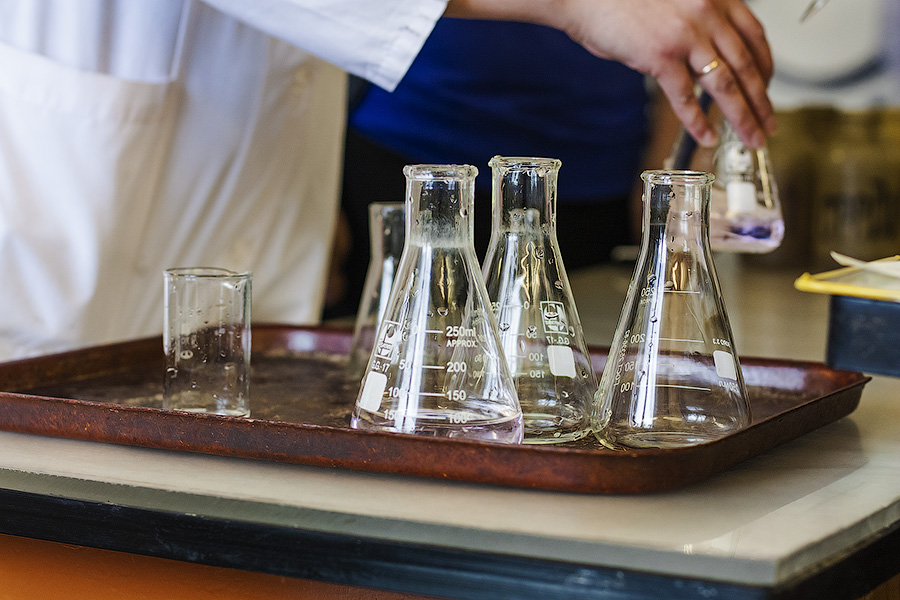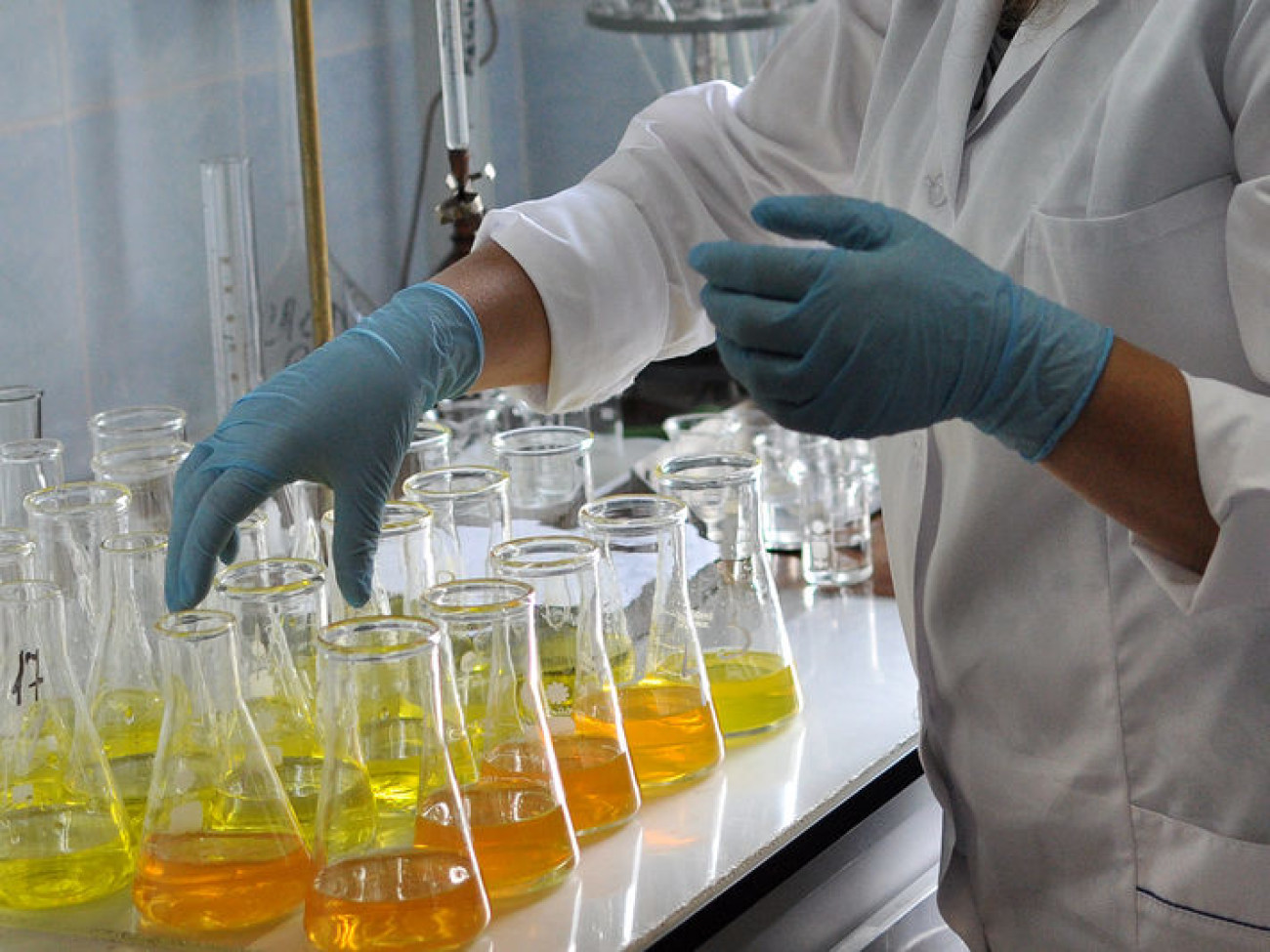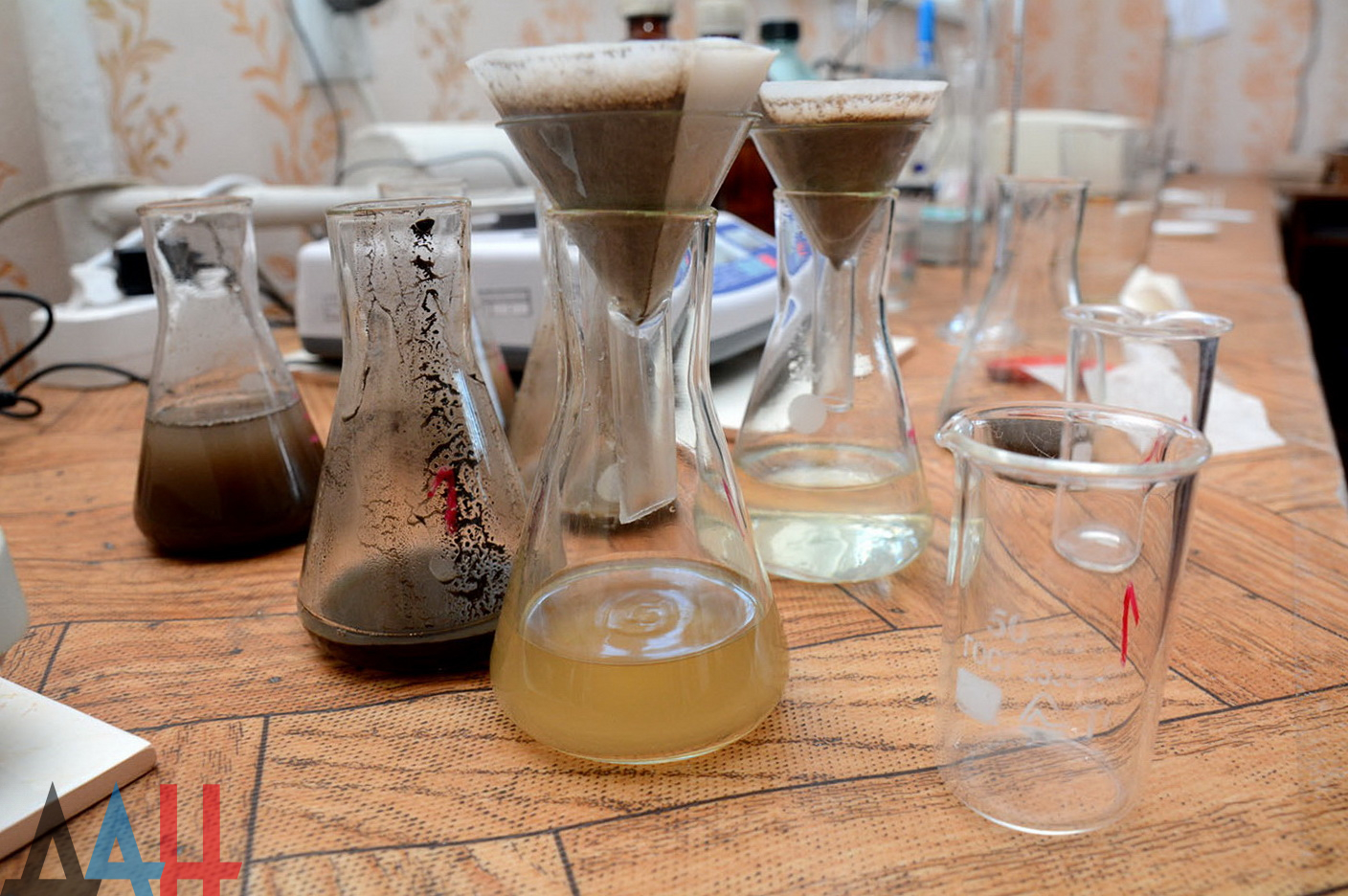
6. The siphon tube is used for taking water samples and adding dilution water.
Reagents used in the detection of biochemical oxygen demand
1. Dissolve 8.5g potassium dihydrogen phosphate (KH2PO3), 21.75g dipotassium hydrogen phosphate (K2HPO4), 33.4g disodium hydrogen phosphate heptahydrate (N2HPO4.7H2O) and 1.7g ammonium chloride (NHC) in water and dilute The pH of this solution to 1000ml should be 7
2. Magnesium sulfate solution
Dissolve 225g of magnesium sulfate heptahydrate (MgSO·7H2O) in water and dilute to 1000ml.
3. Calcium chloride solution
Dissolve 27.5g of anhydrous calcium chloride in water and dilute to 1000ml.
4. Ferric chloride solution
Dissolve 0.25g of ferric chloride hexahydrate (FeCl3·6H2O) in water and dilute to 1000ml.
5. Hydrochloric acid solution (0.5mol/L)
Dissolve 40ml hydrochloric acid (=1.18g/m) in water and dilute to 1000ml.
6.>Sodium hydroxide solution (0.5mol/L)
Dissolve 20g of sodium hydroxide in water and dilute to 1000ml.
7. Sodium sulfite solution (1/2Na2SO2=0.025mol/L)
Dissolve 1.575g sodium sulfite in water and dilute to 1000ml. This solution is unstable and needs to be prepared every day.
8. Glucose-glutamic acid standard solution
After drying glucose (CH2O) and glutamic acid (HOOC--CH2CH2CHNH2-OOH) at 103°C for 1 hour, weigh 150mg of each and dissolve in water, transfer to a 1000ml volumetric flask and dilute to the mark, and mix well. Prepare before use.
9. Dilution water
Fill a 5-20L glass bottle with a certain amount of water, and control the water temperature at about 20°C. Then use an oil-free air compressor or a membrane pump to pass the inhaled air through the activated carbon adsorption tube and the water washing tube, and then introduce it into the dilution water for aeration for 2 to 8 hours, so that the dissolved oxygen in the dilution water is close to saturation. An appropriate amount of pure oxygen can also be introduced when aeration is stopped. The bottle cap is made of two layers of washed and dried gauze, placed in a 20°C incubator for several hours, so that the dissolved oxygen content in the water reaches about 8mg/L. Add 1ml of calcium chloride solution, ferric chloride solution, magnesium sulfate solution, and phosphate buffer solution to each liter of water before use, and mix them evenly.
The pH of the dilution water should be 7.2, and its BOD should be less than 0.2mng/L
10. Inoculum
You can choose any of the following methods to obtain a suitable inoculum.
①Urban sewage, generally domestic sewage, is placed at room temperature for a whole day and night, and the supernatant liquid is taken for use.
② Surface soil extract, take 100g garden or plant growth soil, add 1L water, mix and stand for 10min, take the supernatant for use
③Use river or lake water containing urban sewage
④The effluent of the sewage treatment plant
⑤When analyzing wastewater containing difficult-to-degrade substances, take a water sample 3~8km downstream of its sewage outlet as the domesticated inoculum of wastewater. If there is no such water source, you can take the neutralized or appropriately diluted wastewater for continuous aeration, add a small amount of this kind of wastewater every day, and at the same time add an appropriate amount of surface soil or domestic sewage, so that the microorganisms that can adapt to this kind of wastewater can multiply. When a large number of flocs appear in the water, or a sudden change in the decrease of the chemical oxygen demand is checked, it indicates that the applicable microorganisms have reproduced and can be used as an inoculum. The general domestication process takes 3-8d.
11. Inoculation of dilution water
Divide an appropriate amount of inoculum, add it to the dilution water, and mix well. The amount of inoculum added per liter of diluted water is: 1~10ml of domestic sewage; or 20~30ml of surface soil extract; or 10~100ml of river water and lake water.
The pH value of the inoculation dilution water should be 7.2, and the BOD value should be between 0.3 and 1.0 mg/L. Use the inoculation dilution water immediately after preparation..


最新动态
相关推荐